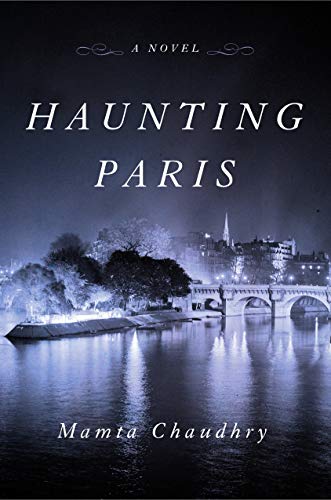Haunting Paris
In the summer of 1989, all of Paris is celebrating the bicentennial. Sylvie, still mourning the recent death of her partner, Julian, feels set apart from her adopted city during the celebratory bustle. Missing Julian and her music, Sylvie reluctantly prepares to rent out part of their apartment to American tourists coming to commemorate the bicentennial. When her work on the apartment accidentally reveals a secret desk drawer containing a mysterious letter and a photograph, Sylvie is thrust into a mystery. The photograph is of Julian’s sister, lost decades ago during the Holocaust with her daughter. Plagued with guilt at not being arrested with his family, Julian devotes himself to searching for the niece who may have survived. As the city revels in its history, Sylvia takes up the search which ended with Julian’s death, losing herself in family history and in the history of her relationship with Julian. Watching over Sylvie’s quest is Julian himself, a ghostly flâneur wandering the half-world of memories between the postwar Paris of their past and the jubilant Paris of Sylvie’s present.
Mamta Chaudhry writes a love letter to Paris that is luminous and languid, a novel unhurried in both how it wanders the streets of Paris and in how it gives up its secrets. Haunting Paris is a story of mourning—both Sylvie mourning Julian’s death in 1989 and Julian mourning his family’s disappearance every moment after they were taken in 1942—but that sadness is made poignant by the decades of happiness brought in through in flashbacks. Chaudhry writes a quiet story that is nonetheless intense on emotion.










